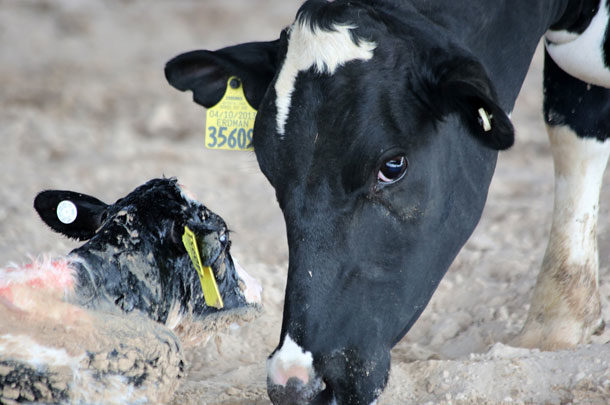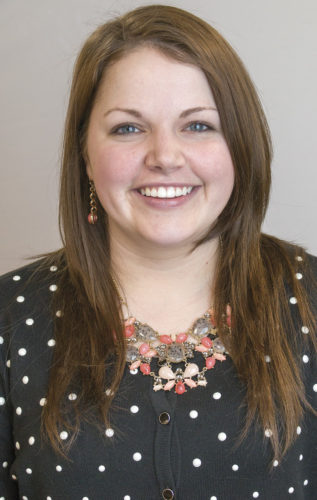Dr. Andres Contreras of Michigan State’s Department of Large Animal Clinical Sciences believes there’s an important management area of the dairy being overlooked. He presented the idea of building a transition cow management team at the 2015 National Mastitis Council Annual Meeting, held in Memphis, Tennessee, earlier this year.
Contreras said that while there have been valuable, bilingual resources developed on team involvement from a mastitis prevention standpoint, the topic of managing transition cows is not yet at the same level.
Who’s on your team?
“We sometimes don’t take into account how many people are actually involved in the management of transition cows,” Contreras said.
Your team is likely going to include the owner or manager, veterinarian, nutritionist, herd manager and milkers. You may need to involve multiple herd managers if you have areas of responsibility broken out into dry cow, maternity, fresh and hospital. Contreras said that the feed manager also needs to be a part of this discussion.
Who’s doing what?
While the entire team is involved in maintaining a clean and comfortable environment and monitoring the cows, each member of the team needs to know their specific role. Everyone on the team should have a written job description that outlines their title, duties, work relationships, training received or given, expectations, protocols and occupational safety.
One of the keys to having a standard operating procedure (SOP) actually followed is to have it written, Contreras said. The SOP will improve the understanding of expectations, facilitate training among the team and increase protocol compliance.
Engaged employees lead to better results
But just having a written SOP and job descriptions for each member of the team is not going to guarantee successful transition cow management, Contreras said. Success depends on engaged employees.
He shared the results of a management survey that was sent to 1,700 herds across Michigan, Pennsylvania and Florida. The survey had a response rate of 41 percent, for a total of 628 responses. The Michigan State research team also conducted focus groups with dairy owners, managers and employees as part of an initiative that was funded by the Quality Milk Alliance and USDA to improve milk quality and reduce antibiotic usage on dairies.
Farms that responded with a “yes” to statements like, “Employees play an important role in mastitis problems,” and “We train employees in mastitis protocols,” had lower reported somatic cell scores.
From the focus groups, Contreras shared that both Latino and American workers expressed interest in and a need for more education and job training.
Contreras also reported that Latino workers knew that mastitis cows need a “treatment” or “the liquid,” but many didn’t understand what the drug was or why they were using it.
“We wonder why some dairies have had drug residues in milk and meat,” Contreras said. “The people administering the product often do not know the drugs they are using or clearly understand the treatment protocols.”
Improve the knowledge
The solution is emphasizing why protocols need to be followed, Contreras said. “[Employees] have to know why they are doing what they’re doing.”
All members of the transition cow management team should be trained in the basic science behind protocols and understand mastitis and transition cow disease.
Another helpful tip for Spanish or bilingual readers is to have training materials published in both English and Spanish, and incorporate in those visual elements that are actually in the dairy.
Cultural barriers
Part of the challenge inhibiting dairies from forming transition cow management teams is differences in culture.
Latino workers often focus on the group rather than individual benefit, and to question the supervisor may feel rude or offensive.
Contreras recommended that producers can overcome those barriers by promoting a culture of constructive feedback. He encouraged dairy owners to learn their workers’ languages and cultural traditions. He also suggested that producers organize group-based social events, such as a picnic, to engage communication in a casual environment that will facilitate communications at work.
Taking these steps will foster an environment of mutual respect, trust and commitment, he said. PD
PHOTO
Photo by Sherry Bunting.







